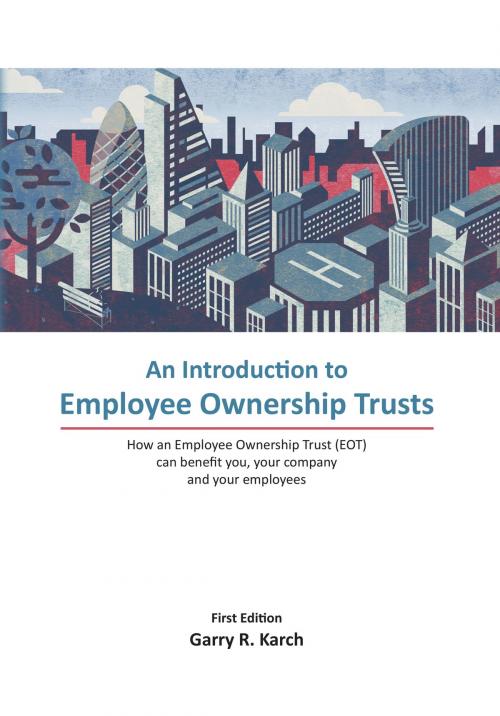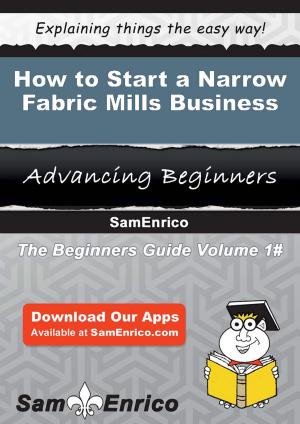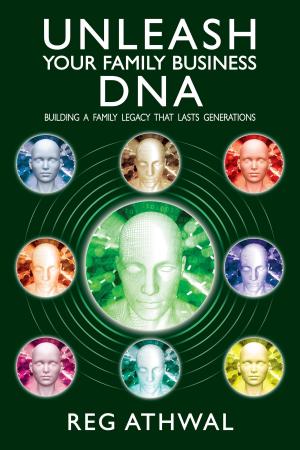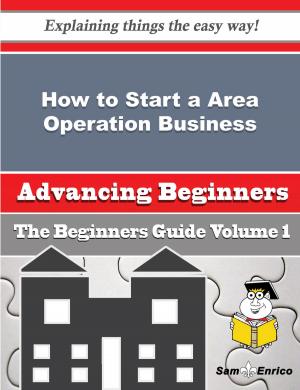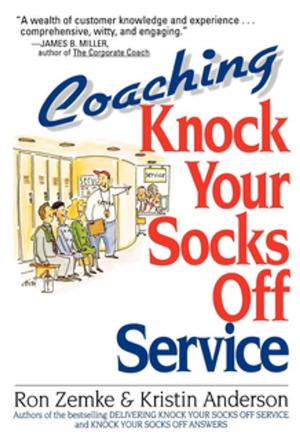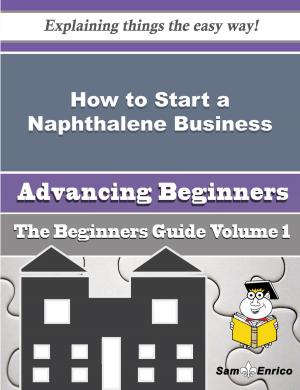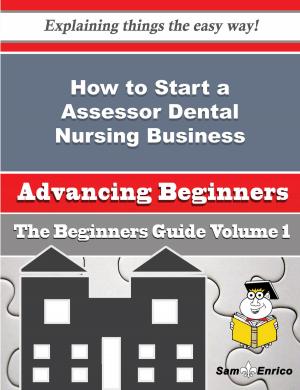An Introduction to Employee Ownership Trusts
How an Employee Ownership Trust (EOT) can benefit you, your company and your employees
Business & Finance, Career Planning & Job Hunting, Entrepreneurship, Entrepreneurship & Small Business| Author: | Garry Karch | ISBN: | 9781526204172 |
| Publisher: | RM2 Corporate Finance | Publication: | July 1, 2016 |
| Imprint: | RM2 Corporate Finance | Language: | English |
| Author: | Garry Karch |
| ISBN: | 9781526204172 |
| Publisher: | RM2 Corporate Finance |
| Publication: | July 1, 2016 |
| Imprint: | RM2 Corporate Finance |
| Language: | English |
This book is intended to provide the reader with an overview of the Employee Ownership Trust ('EOT') transaction structure that was established in the Finance Act 2014 (the 'Act'). The objective of the EOT transaction structure is to facilitate a shift towards a 'John Lewis economy,' whereby the employees of firms receive some of the benefits that normally accrue to the private shareholders of a business. This 'shared capitalism' model tends to more closely align the interests of all stakeholders and has been shown in numerous studies to generally lead to improved company performance, higher levels of employee engagement and greater job creation and retention. It's difficult to see how there is anything but a positive impact generated by the employee ownership model.
This publication does not presume to provide legal, accounting or tax advice with respect to the establishment and/or maintenance of an EOT or any related structures. It will, however, provide the reader with an understanding of what an EOT is, what the benefits of the structure are to selling shareholders and employees, how an EOT transaction can be financed and how the structure works from a nuts and bolts perspective. Please keep in mind that due to the brevity of this book and the complexity of the structure, it is not all encompassing in its overview. There will be specific questions and concerns in each individual transaction that can best be addressed by working with an experienced professional advisor.
As with any change of control transaction, it is imperative that any shareholders and companies contemplating an EOT consult with expert advisors in the field. From both a legal and tax perspective, there are requirements to be met. The use of qualified professionals in structuring and implementing the EOT will help ensure that any potential issues are avoided to the greatest extent possible. The consequences of not structuring and documenting the transaction properly can be significant.
As you review the material contained in this book, please feel free to contact us with any questions. Whether you are a business owner or a professional advisor to business owners, the significant tax benefits available to a selling shareholder, combined with the ability to provide employees with an incremental tax-advantaged benefit, should make the sale of all or part of a business to an EOT an option for anyone planning for transition and succession.
This publication does not presume to provide legal, accounting or tax advice with respect to the establishment and/or maintenance of an EOT or any related structures. It will, however, provide the reader with an understanding of what an EOT is, what the benefits of the structure are to selling shareholders and employees, how an EOT transaction can be financed and how the structure works from a nuts and bolts perspective. Please keep in mind that due to the brevity of this book and the complexity of the structure, it is not all encompassing in its overview. There will be specific questions and concerns in each individual transaction that can best be addressed by working with an experienced professional advisor.
As with any change of control transaction, it is imperative that any shareholders and companies contemplating an EOT consult with expert advisors in the field. From both a legal and tax perspective, there are requirements to be met. The use of qualified professionals in structuring and implementing the EOT will help ensure that any potential issues are avoided to the greatest extent possible. The consequences of not structuring and documenting the transaction properly can be significant.
As you review the material contained in this book, please feel free to contact us with any questions. Whether you are a business owner or a professional advisor to business owners, the significant tax benefits available to a selling shareholder, combined with the ability to provide employees with an incremental tax-advantaged benefit, should make the sale of all or part of a business to an EOT an option for anyone planning for transition and succession.
This book is intended to provide the reader with an overview of the Employee Ownership Trust ('EOT') transaction structure that was established in the Finance Act 2014 (the 'Act'). The objective of the EOT transaction structure is to facilitate a shift towards a 'John Lewis economy,' whereby the employees of firms receive some of the benefits that normally accrue to the private shareholders of a business. This 'shared capitalism' model tends to more closely align the interests of all stakeholders and has been shown in numerous studies to generally lead to improved company performance, higher levels of employee engagement and greater job creation and retention. It's difficult to see how there is anything but a positive impact generated by the employee ownership model.
This publication does not presume to provide legal, accounting or tax advice with respect to the establishment and/or maintenance of an EOT or any related structures. It will, however, provide the reader with an understanding of what an EOT is, what the benefits of the structure are to selling shareholders and employees, how an EOT transaction can be financed and how the structure works from a nuts and bolts perspective. Please keep in mind that due to the brevity of this book and the complexity of the structure, it is not all encompassing in its overview. There will be specific questions and concerns in each individual transaction that can best be addressed by working with an experienced professional advisor.
As with any change of control transaction, it is imperative that any shareholders and companies contemplating an EOT consult with expert advisors in the field. From both a legal and tax perspective, there are requirements to be met. The use of qualified professionals in structuring and implementing the EOT will help ensure that any potential issues are avoided to the greatest extent possible. The consequences of not structuring and documenting the transaction properly can be significant.
As you review the material contained in this book, please feel free to contact us with any questions. Whether you are a business owner or a professional advisor to business owners, the significant tax benefits available to a selling shareholder, combined with the ability to provide employees with an incremental tax-advantaged benefit, should make the sale of all or part of a business to an EOT an option for anyone planning for transition and succession.
This publication does not presume to provide legal, accounting or tax advice with respect to the establishment and/or maintenance of an EOT or any related structures. It will, however, provide the reader with an understanding of what an EOT is, what the benefits of the structure are to selling shareholders and employees, how an EOT transaction can be financed and how the structure works from a nuts and bolts perspective. Please keep in mind that due to the brevity of this book and the complexity of the structure, it is not all encompassing in its overview. There will be specific questions and concerns in each individual transaction that can best be addressed by working with an experienced professional advisor.
As with any change of control transaction, it is imperative that any shareholders and companies contemplating an EOT consult with expert advisors in the field. From both a legal and tax perspective, there are requirements to be met. The use of qualified professionals in structuring and implementing the EOT will help ensure that any potential issues are avoided to the greatest extent possible. The consequences of not structuring and documenting the transaction properly can be significant.
As you review the material contained in this book, please feel free to contact us with any questions. Whether you are a business owner or a professional advisor to business owners, the significant tax benefits available to a selling shareholder, combined with the ability to provide employees with an incremental tax-advantaged benefit, should make the sale of all or part of a business to an EOT an option for anyone planning for transition and succession.
